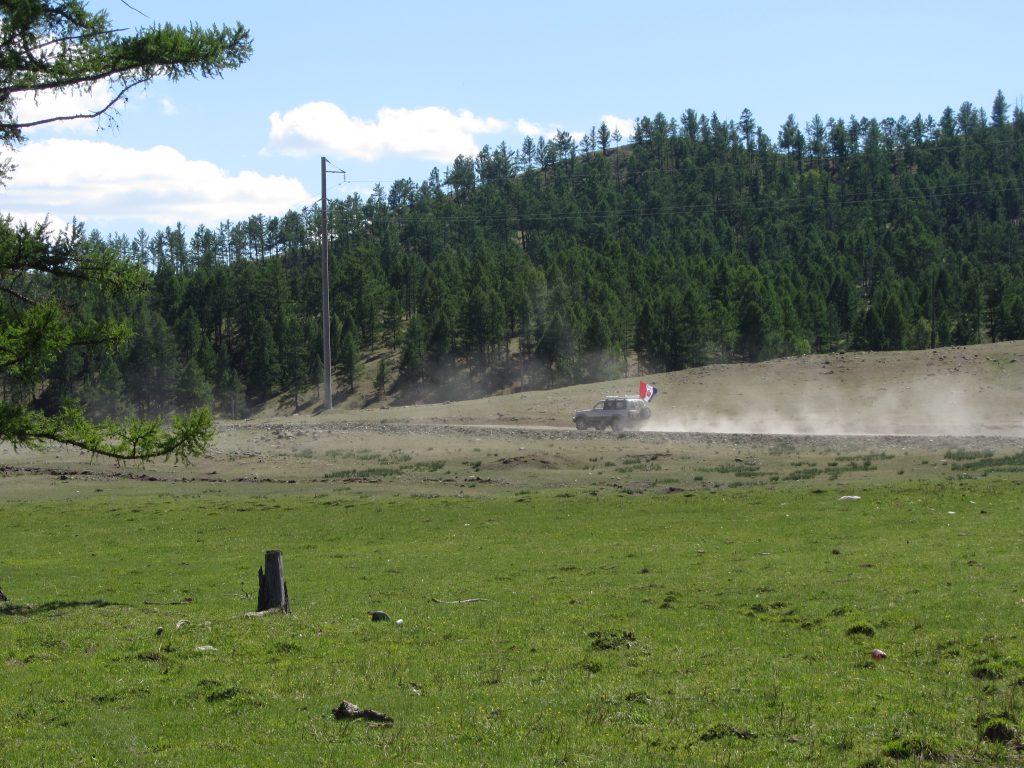By Marissa J. Smith
Among the four independent parties we are following, the Demos (ЗОН) Party has an interesting mix of most sophisticated web presence (Facebook, Twitter, Instagram, website, and even Wikipedia page!) and its fielding of candidates in every electoral district. At the same time, however, little information about individual candidates, and on the party website the head of the party, E. Odbayar (not running for Ikh Khural) states that more information about candidates will be available after the General Election Committee issues certifications. For now, the party website is announcing that 80% of its candidates are women (though the individual voices of the party online are all male). The posts about women candidates also mention an “EEJ” (“Mother”) movement, suggesting that the party recently unified with this non-party organization.
Fascinating to take look at candidates list of ЗОН.
Only 9 men out of 30 cands. I can only find v few on Twitter, must be reaching voters thru other (social) media.#MGLpoli #УИХ2020 https://t.co/IIqQeDp79U— Julian Dierkes (@jdierkes) May 22, 2020
The party Instagram account also links to the website http://www.tuurgatan.mn/, but it appears to not have been updated for some months, so it is an open question as to how much can be discerned about the current party “platform” from content there. More forcefully even than the party’s name “zon olon,” “tuurgatan” indicates a “Greater Mongolia” rather than “Khalkh-centric” (the political norm) orientation, the website has sections specific to Buryats, Tuvans, Kalmuks, Southern Mongolians, etc. (And nothing obvious about the high proportion of women candidates, at least.) The multi-ethnic orientation may be associated with the decision to field candidates in every electoral district, as populations in many outlying aimags and border areas strongly identify with non-Khalkh Mongol groups.
Govi-Altai?
In addition to Demos, which is fielding candidates in every electoral district, two of the other independent parties are also fielding candidates in Govi-Altai (and only two other aimags each!). In addition to Govi-Altai’s being perhaps Mongolia’s most remote aimag, this also seems at first a curious choice since there are two MPP incumbents running there, enough to fill the district’s allocated seats in the Ikh Khural. Does the fact that the secretary of the Civil Will-Green Party (with the Ta Bidnii Esvel coalition) is also running there indicate that this is seen as a strategic district?

Jeep campaigning for the Mongolian People’s Party in Bulgan aimag, parliamentary elections campaign, 2012. (photo by author)
Ease of campaigning and the ability to collect a high proportion by small number of votes appears to be a key logic here. I note that, among the aimags, Govi-Altai has the third lowest population of any of the districts, and this population is more concentrated in one soum (about 18,000 people) as compared to the populations of Dundgovi, Bulgan, and Sukhbaatar. Bulgan and Sukhbaatar in particular have been neglected by the third parties and coalitions in terms of distribution of candidates, even though no incumbents are running in Sukhbaatar (though two former aimag governors/zasag darga are). the other constituencies with lower total populations and only two seats allotted, Dundgovi and Umnugovi, both have more dispersed populations and are the major mining centers, home to Oyu Tolgoi and Tavan Tolgoi (Tsogtsetsii and Khanbogd soums each have over 8000 people).

 Follow
Follow